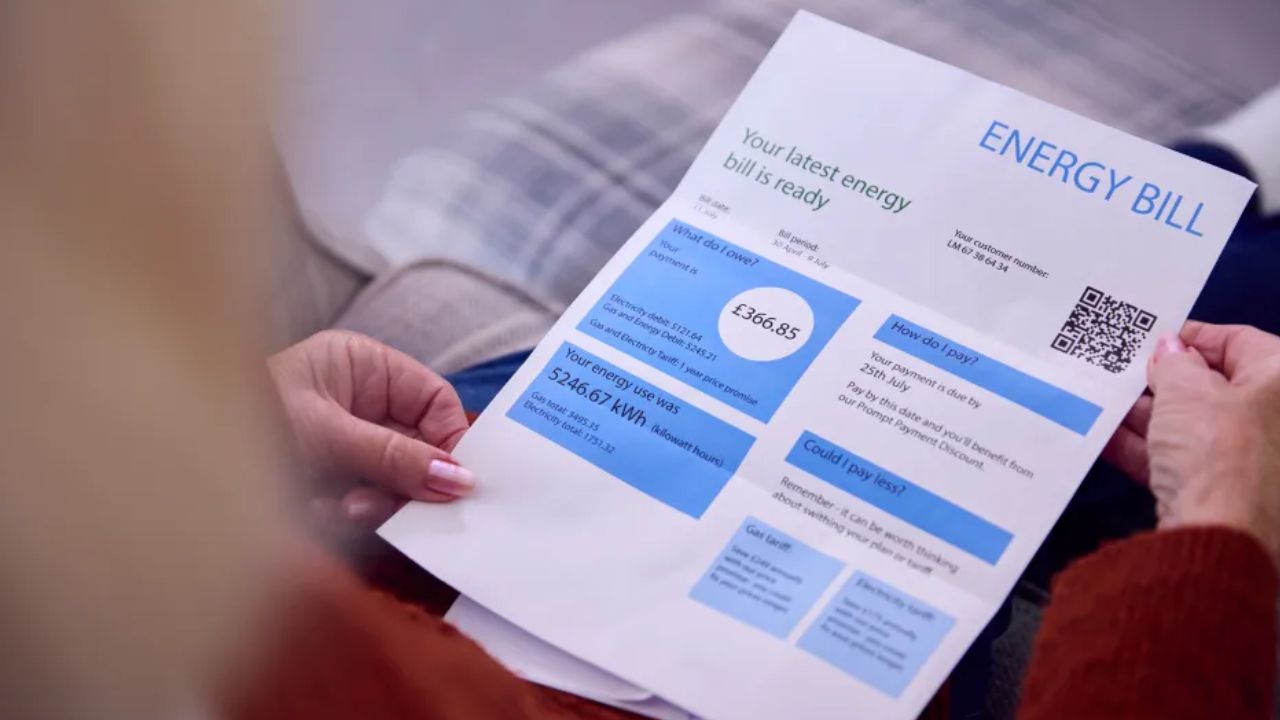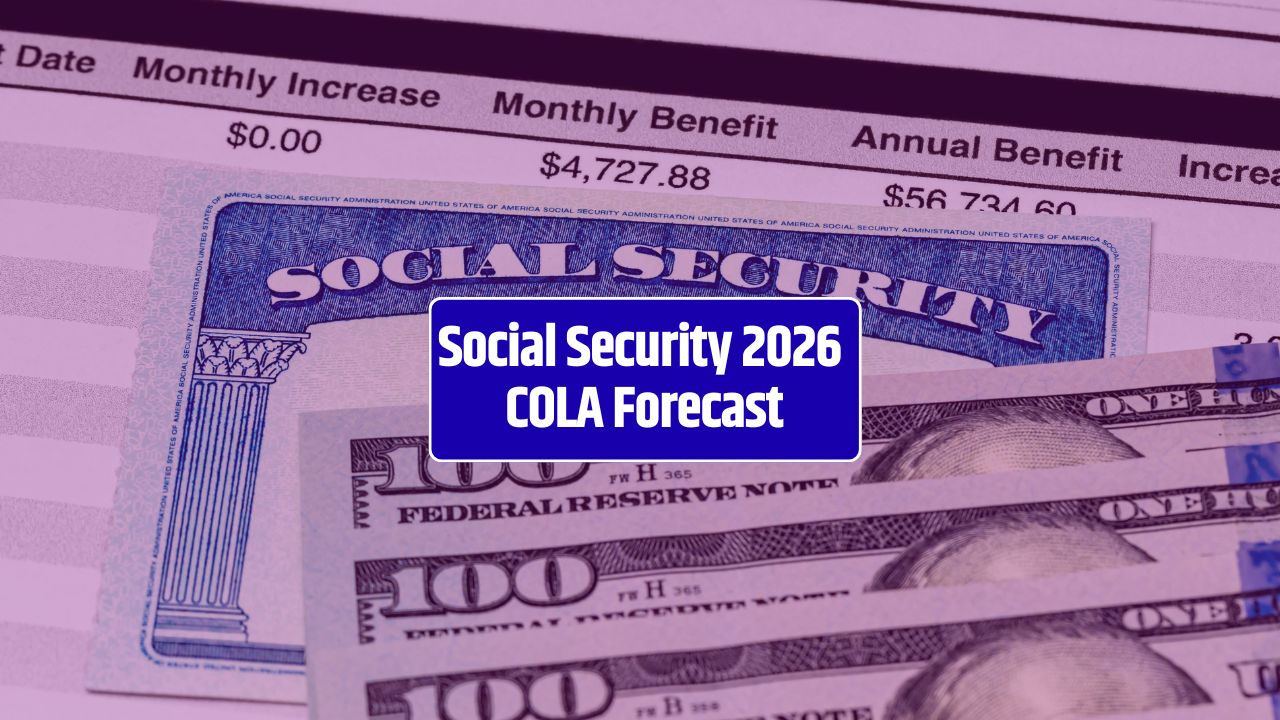For decades, 65 was the magic number—the finish line for American workers dreaming of retirement and that first full Social Security check. But starting next year, that number officially loses more of its charm. For people born in 1959, the full retirement age (FRA) shifts again—to 66 years and 10 months—thanks to a law passed over forty years ago that’s still reshaping how Americans retire.
It sounds minor—a two-month bump—but it changes the math for millions planning to file in 2025. Those extra weeks can mean smaller monthly checks, altered tax strategies, and tough choices about when to finally log off for good.
The Slow March from 65 to 67
Back in 1983, when shoulder pads and Reaganomics ruled, Congress approved sweeping amendments to keep the Social Security trust fund solvent. One big move: gradually raising the full retirement age from 65 to 67. The change rolled out slowly—two months at a time—based on birth year.
| Birth Year | Full Retirement Age (FRA) |
|---|---|
| 1958 | 66 years, 8 months |
| 1959 | 66 years, 10 months |
| 1960 or later | 67 years |
So, if you’re hitting your mid-60s in 2025 and were born in 1959, your “full” Social Security age is nearly 67. Retire early, and your benefits shrink. Hold off, and your checks grow fatter every month you wait.
The Math Behind Timing Your Benefits
Here’s where the timing game begins. Social Security offers three main filing options—each with trade-offs that can stretch (or shrink) your lifetime payout.
Early Filing (age 62):
If you claim early, expect roughly a 29% cut to your monthly benefit if you were born in 1959. Those born in 1960 or later face a flat 30% cut. That’s a big haircut just for retiring a few years ahead of schedule.
On Time (FRA):
File at 66 years and 10 months, and you’ll receive your full, unreduced benefit—the baseline amount the Social Security Administration (SSA) says you’ve earned.
Delayed Filing (up to 70):
Every year you wait beyond FRA boosts your monthly payout by 8%, up to a 32% gain if you delay until 70. That can mean hundreds of extra dollars per month, for life.
The SSA’s benefits calculator can show your personalized numbers in seconds.
Bridging the Gap Before Social Security
Plenty of Americans don’t want—or can’t afford—to wait until almost 67 to stop working. So, how do you bridge the gap between when you want to retire and when your Social Security pays off fully?
Phased retirement:
Many employers are open to part-time or flexible roles. Working even 15 hours a week can cover essentials and stretch your savings.
Build a cash runway:
A high-yield savings account or money market fund with 18–24 months of living expenses acts like a safety net. You’ll avoid selling investments when markets dip. (Check the FDIC’s rate listings for current averages.)
Rent out what you own:
A spare room, storage space, or even your driveway can bring in $700–$1,000 a month in many urban areas—handy supplemental income with minimal effort.
Bridge jobs with benefits:
Retailers like Costco, Home Depot, and Trader Joe’s offer part-time schedules with health coverage. That’s a huge win for those not yet Medicare-eligible at 65.
Smart Tax Moves for Early Retirees
Getting your tax strategy right can make or break an early retirement plan. Here’s what advisors often suggest:
1. Tap taxable accounts first.
Use brokerage or savings accounts early, letting your IRAs and 401(k)s grow tax-deferred longer.
2. Use Roth IRA contributions.
Withdraw contributions (not earnings) anytime, tax- and penalty-free—a flexible backup for cash flow gaps.
3. Manage your MAGI.
Keeping your modified adjusted gross income low can help you qualify for Affordable Care Act subsidies, reducing insurance costs before Medicare kicks in.
4. Diversify income sources.
From online tutoring ($30–$50/hour) to pet sitting or selling handmade crafts, side gigs can provide steady income without tying you down.
The Bigger Picture: Is FRA Headed Even Higher?
The move to 67 isn’t the end of the story. Lawmakers are again debating whether to push the full retirement age to 68 or even 69, citing Social Security’s shaky finances.
According to the latest Social Security Trustees Report (2024), the combined trust funds could run dry by 2034. Without congressional action, benefits would be cut automatically by about 19%, meaning retirees would receive only 81% of what they’re promised.
Raising the FRA is one way to delay that reckoning. But critics argue it unfairly punishes lower-income workers and those in physically demanding jobs who can’t easily work longer.
What It Means for You
If you’re turning 66 in 2025, you’re part of a small but pivotal group feeling the final stretch of the FRA climb. The decision of when to claim Social Security isn’t just about age—it’s about health, income needs, longevity, and how long you want your savings to last.
As financial planner Barbara Weltman puts it, “Retirement is no longer an age—it’s an equation. And for every person, the math looks a little different.”
FAQs:
What is the full retirement age (FRA) for someone born in 1959?
It’s 66 years and 10 months. You’ll reach full benefits if you file at that age in 2025.
How much will my benefits drop if I file early?
For 1959 births, filing at 62 means roughly a 29% reduction in monthly payments.
Will the FRA rise again after 67?
Possibly. Congress has discussed increasing it to 68 or 69, but no law has been passed yet.























